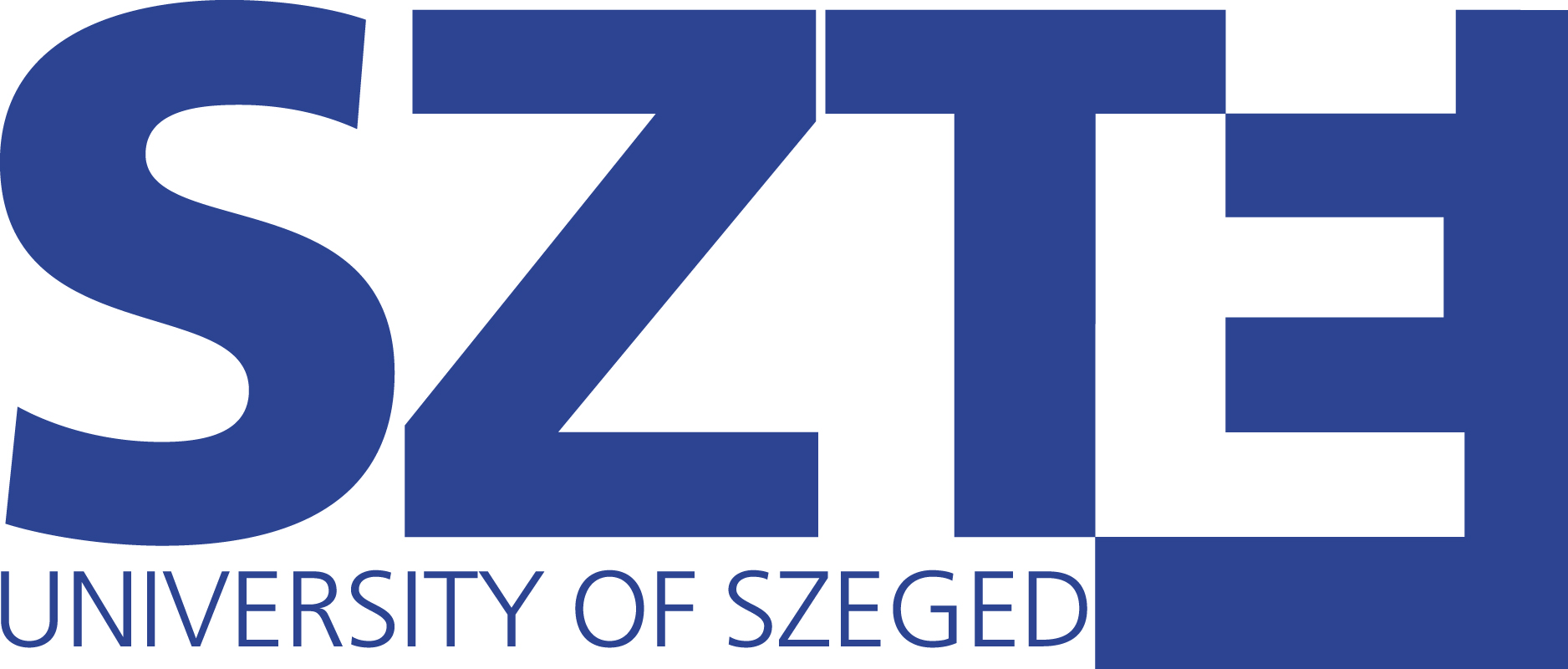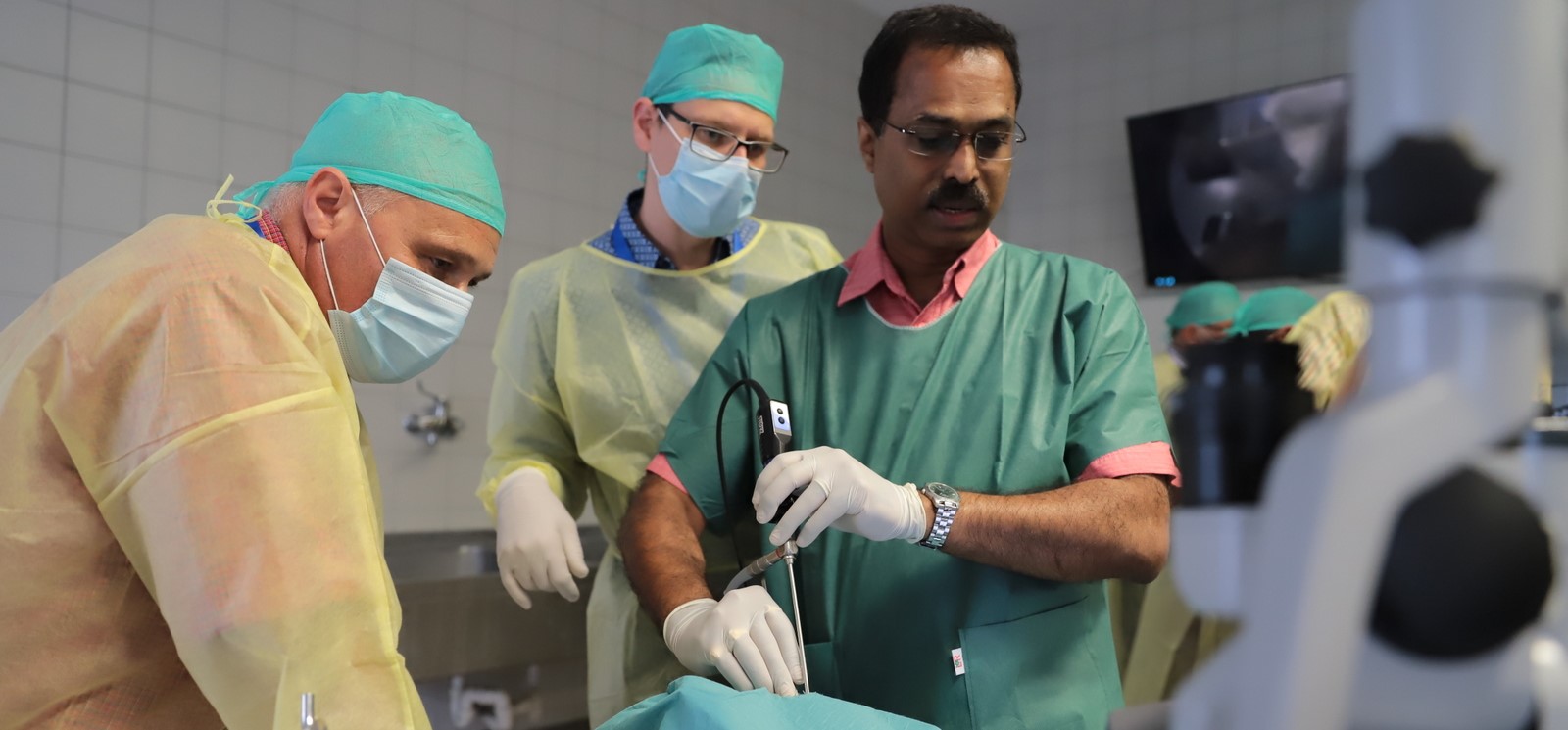
The lectures and instructions of Professor Prepageran Narayanan and Professor Yves Brand were attended by doctors and lecturers of the University of Szeged as well as by national and international participants. The training will further strengthen the University of Szeged's network of links with Asian and European universities.
The University of Szeged plays a national leading role in the field of rhinology and neurosurgery care and innovation. In Hungary, the endoscopic technique was first used in Szeged, in 2007 for pituitary gland surgeries. Since then, this technique has been routinely applied for malignant nasal-paranasal sinus and skullbase surgeries since then (Prof Dr Pál Barzó, head of Neurosurgery Department and Dr Zsolt Bella, assistant professor of the Oto-Rhino-Laryngology and Head-Neck Surgery Department of SZTE).
At the same time, a Central and Eastern European ear surgery and cochlear implantation centre was established at the University of Szeged, led by Prof. Dr. József Jóri, Professor at the Department of Otolaryngology and Head and Neck Surgery of the SZTE and Prof. Dr. László Rovó, Rector of the University of Szeged and Director of the Department of Otolaryngology and Head and Neck Surgery. The key of this professional development is the constant improvement of infrastructure, which was made possible by the establishment of a hybrid neurosurgical operating room and the new otolaryngology department. Another factor for progress is continuous training, made possible by cooperation between national professions and clinical centres.
The neurosurgical and otolaryngology cooperation has had a tradition since professors Bogosi and Czigner (1986). The joint courses started in 2011, the current one being the 10th, now with international participants and speakers.
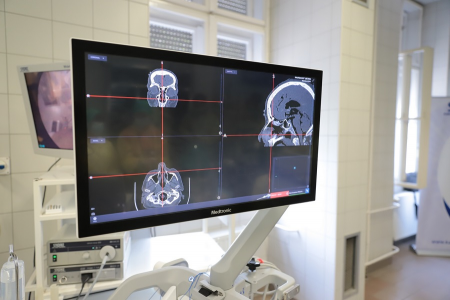
"In the last decade, the endoscopic surgical technique and the medical imaging have seen a vast development. With the endoscopic method, in addition to inflammatory and cancerous diseases of the paranasal sinuses, we can now perform surgical procedures involving the skull base with significantly less exploration than traditional surgery, with less aesthetic and functional deficit. Besides the further development of classical surgical procedures, the introduction of the latest techniques and the integration of new technologies allow the surgical team to always choose the most optimal method for the patient. The joint trainings and surgical experiences made possible for two teams to explore a tumour from two sides simultaneously for special cases. The neurosurgeon uses a microscope through the skull, while the otolaryngologist works with an endoscope through the nose. With this method, the average 6-8 hours of surgical time can be reduced by a half, which significantly lowers the strain on patients and thus improves their chance of recovery. This simultaneous multiportal exploration, which we now use on a regular basis, was one of the first in the world to be carried out in Szeged in 2013." - Said Dr. Zsolt Bella.
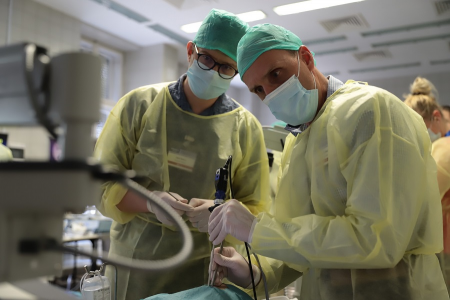
In Hungary, doctors at the University of Szeged were the first to perform endoscopic surgery on the skull base, and soon after a similar technique was started to be used in Pécs and Budapest. The initial success was so motivational for other Hungarian centres that by today there are several similar teams are working in the country. However, only a few places have similar human and infrastructural capacities, as the Szeged-based centre. Joint surgical activities are very difficult to simulate. This requires special joint training, equipment, location and special anatomical preparations, which are provided by sponsors and the Anatomy Department of the SZTE.
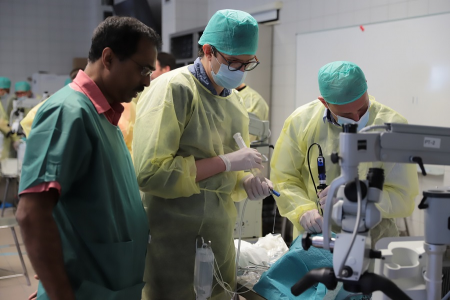
"It is like a flight simulator for pilots, but in medicine. We can't and don't want to take the patients' faces off during surgery, so it's essential to be as prepared as possible for the procedure, which requires three things: skilled professionals, high-level imaging technology and cadaveric specimens, that are human anatomical body parts donated to the institution for research and education purposes. These are the most accurate representation of what we will find in living patients during surgery. All three things are given at University of Szeged. The world is small, we are all part of the same family, speaking the same language that is anatomy. The knowledge we have acquired must be passed on, otherwise it will be lost. That is why these courses are so important." - Said Professor Prepageran Narayanan, main lecturer and instructor of the course. Professor Narayanan is a world-renowned authority in the field, who was nominated as honorary member of the Hungarian Society of Oto-Rhino-Laryngology, Head and Neck Surgery (MFOE) for his development of national otorhinolaryngology.
Dr Zsolt Bella, Secretary General of the association, knows Professor Narayanan from congresses and courses abroad, and invited him to Hungary to involve him in the training of Hungarian colleagues, as one of the top five cranial surgeons in the world. The course, which he has established in Kuala Lumpur, is unique in its kind, with 7 hours of autopsy practice per day, to learn anterior skull base, middle ear and lateral skull base surgical techniques. This course has now been brought to Hungary.
"The 3-dimensional anatomical atlas, which was provided by our Institute and developed in collaboration with Mozaik publishing company, was also a great success at the recent course. There are fewer and fewer opportunities for this kind of training and knowledge acquisition in the world, so people interested in this field gladly visit us from abroad. This is a great opportunity to make friendships which can also form as the basis for future collaborations - even at university level. We have already organised the first similar course together before the pandemic, now we have the opportunity to continue it in an international level." - Said Prof Dr Antal Nógrádi, the head of Department of Anatomy, Histology and Embryology.
The other foreign speaker, also an international expert was Professor Yves Brand.
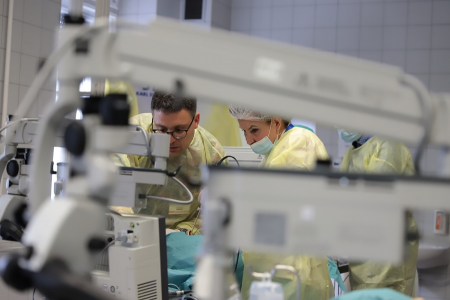
"I have studied for a year in Malaysia and I have learnt from Professor Prepagenan and his team. I think it is very important to introduce the most modern methods in Europe as well, the cooperation with University of Szeged and the colleagues is an excellent way of accomplishing this. However, without proper knowledge even the most modern technology can be worthless, that is why, the kind of courses as this current one are indispensable from the patients’ point of view. The fact that we are able to remove tumours without cutting the face, and at the same time reduce the patient’s trauma caused by the surgery is very important. It is also essential that people know about it everywhere in the world. SZTE helps this case by organising and conducting the course." - Pointed out the Chur-based (Switzerland) researcher, Professor Yves Brand, who also works at University of Basel.
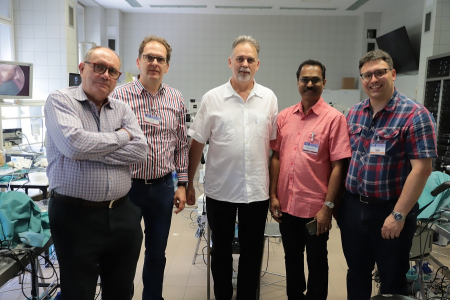
"The Oto-Rhino-Laryngology and Head-Neck Surgery Department of University of Szeged has a strong tradition in collaborating with the world’s leading universities. We expect nothing less than the highest standards of patient care. We are taking steps to introduce the most advanced equipment in as many areas as possible. One example of this is the Health Care Training Block, which will be completed in a few months and will provide the country and the wider region with an equivalent background of professional competence." - Said Prof Dr László Rovó, Rector of the University of Szeged.
SZTE would like to strengthen the cooperation with Professor Prepageran, as a representative of the University of Malaya, as well as with medical technology companies such as Carl Zeiss Technika Ltd, Karl Storz Ltd, Medtronic Ltd, Konsens Ltd, Replant Med Ltd and Ready Ltd. As a part of these collaborations, further joint training courses and doctor- researcher exchanges may be organised in the near future. Also, ear, nose, throat specialists and neurosurgeons interested in the skull base surgery will be welcomed in Szeged every year. This cooperation will ensure that the course in otolaryngology and cranio-oesophageal surgery will become a major event in the Central and Eastern European region and attract many foreign guests to the University of Szeged.
SZTEinfo/Ferenc Lévai
Photos by: Anna Bobkó
Translated by: ZS. P.
